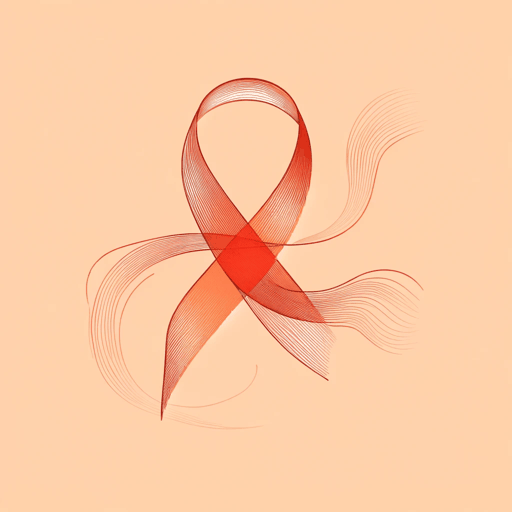32 pages • 1 hour read
Susan SontagRegarding the Pain of Others
Nonfiction | Essay / Speech | Adult | Published in 2003A modern alternative to SparkNotes and CliffsNotes, SuperSummary offers high-quality Study Guides with detailed chapter summaries and analysis of major themes, characters, and more.
Themes
The Photograph as Circumscribed and Determined by Others
Right away in Regarding the Pain of Others, Sontag contextualizes the impact of Virginia Woolf’s Three Guineas, which appeared in 1937 after nearly “two decades of plangent denunciations of war” (6). The rhetoric of Woolf’s words is conventional, and the images described use their own conventional rhetoric—of repetition and reduction and a false sense of united emotion—to describe the horror of war. Sontag’s basic premise in her book is that we don’t share the same reactions to images—to any images—and to presume that we do is counterproductive to Woolf’s proclaimed purpose: to prevent war.
Sontag explains, “Invoking this hypothetical shared experience (‘we are seeing with you the same dead bodies, the same ruined houses’), Woolf professes to believe that the shock of such pictures cannot fail to unite people of good will” (6). Throughout the rest of her own book, Sontag shows the many ways that photographs, particularly of war (possibly because war is so massive and so impacting) are manipulated by others to elicit particular impressions, actions, and ideologies. They are often staged so as to heighten the drama, or presented in a context other than the one in which the activity occurred, thus already “falsified.
Related Titles
By Susan Sontag





